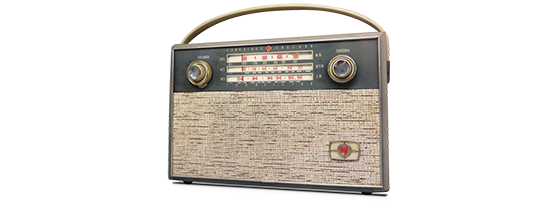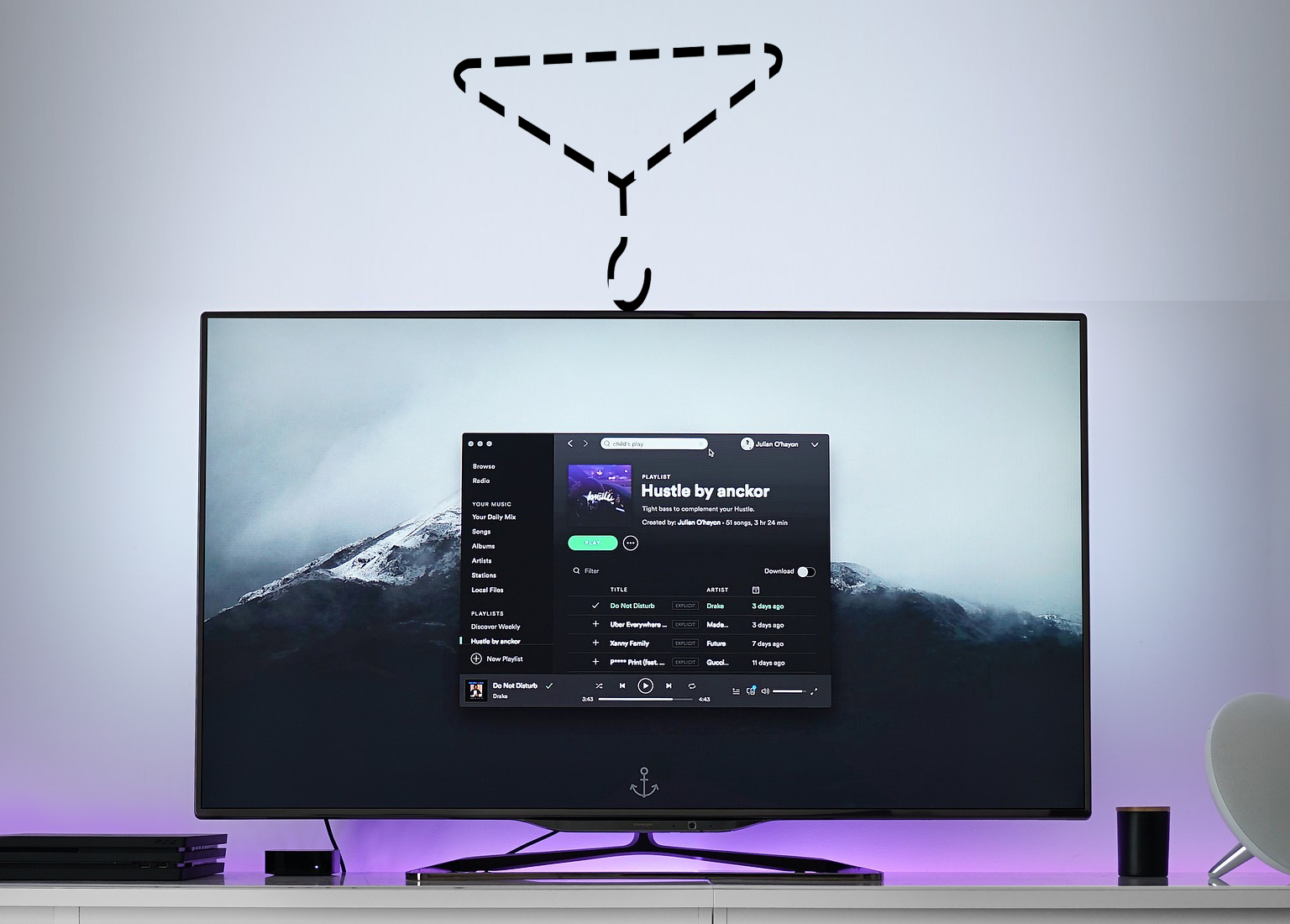
I just read how Norway has become the first country in Europe to turn off FM radio.
For most people, this news will confirm the rise of ‘narrowcasting’ and digital audio, which made me question: is this the death of FM, or for that matter the death of radio?
I’m first to admit that I’m a believer in digital radio. Having moved into an apartment block two years ago, I couldn’t get a noise-free AM radio signal because of the huge amount of structural steel in the building and, I suspect, changes in the underlying interference models in modern construction.
AM radio is pretty much Marconi’s law with more volts: it’s all about ‘amplitude’ or how strong the signal is. The frequency is the meaningful bit, much as sound pitch is about the frequency of the wave (they just translate the wave from sound waves into radio waves). So, if you have a huge source of noise (think of all of those devices you have plugged in, including the fridge and air conditioner) and a lot of steel radiating that noise (think concrete reinforcement) it’s not going to work out well.
Although AM radio reception has been a hassle in my new place, the same can not be said about our digital TV signal – we live within eye-sight of the television transmission masts for Brisbane. The beauty of digital TV is that we don’t need to plug our TV into an antenna — I did consider hanging a symbolic coat hanger antenna above the TV for laughs.
Anyway back to my radio situation. After a quick Google to figure out a cost-effective solution, I headed off to the electronics store and bought a DAB+ radio decoder. This plugs into my hi-fi and picks up the digital radio signal which is coming from the TV distribution masts. Problem solved. Except… not quite.
First, some signals now broadcast directly from Sydney—almost 1,000 kilometres away—because the digital stream is sent over the Internet (I bet you wondered when this would become an Internet story). Because only certain states and territories in Australia recognise daylight saving time, this means there are five time zones. In our situation, this means I get the 8am news at 7am local time.
Secondly, digital breaks down badly. That’s to say, it doesn’t break down at all, and then falls off a cliff. AM radio, analogue radio even on FM, tends to degrade more gracefully because the encoding is not complex, and your loss is either marginal elements of the frequency spectrum or brief. In digital, when you lose packets, you suddenly enter the room of error correcting codes: what delay is the signal sent on? How much forward error correcting is encoded? How much loss is tolerated before you lose the channel? How long before it re-establishes signal and decodes? The answer is… a lot more audible than you’d like. Oh well, now my life consists of fiddling with the antenna.
But… hold on a minute. When TV went digital, we didn’t just stop using the old FM and VHF radio frequencies that the old analogue TV was sent on. Those frequencies are incredibly valuable because they reach inside concrete and steel buildings. So, these frequencies have been re-purposed, to feed digital signals into our lives — not just digital radio but the Internet too. Sometimes it’s slower than the higher frequency cellular 4G and 5G signals, but it is a really useful, economically important radio spectrum that we can re-use more densely because of what digital encoding lets us do.
So, here’s my New Year’s thought for you all: if FM radio is dying, and we’ve got frequencies coming up for re-use which reach deep inside our homes, as well as investment in transmission technologies on hills and building tops to distribute it, then what do we want to do with all that bandwidth?
The views expressed by the authors of this blog are their own and do not necessarily reflect the views of APNIC. Please note a Code of Conduct applies to this blog.

